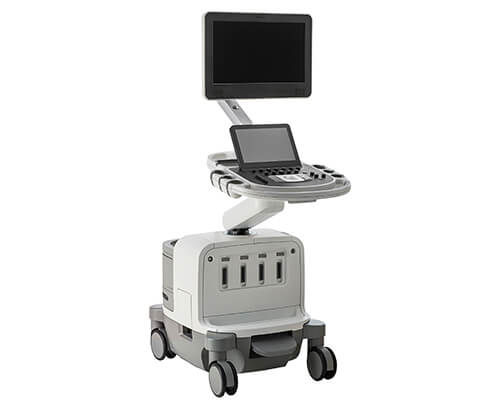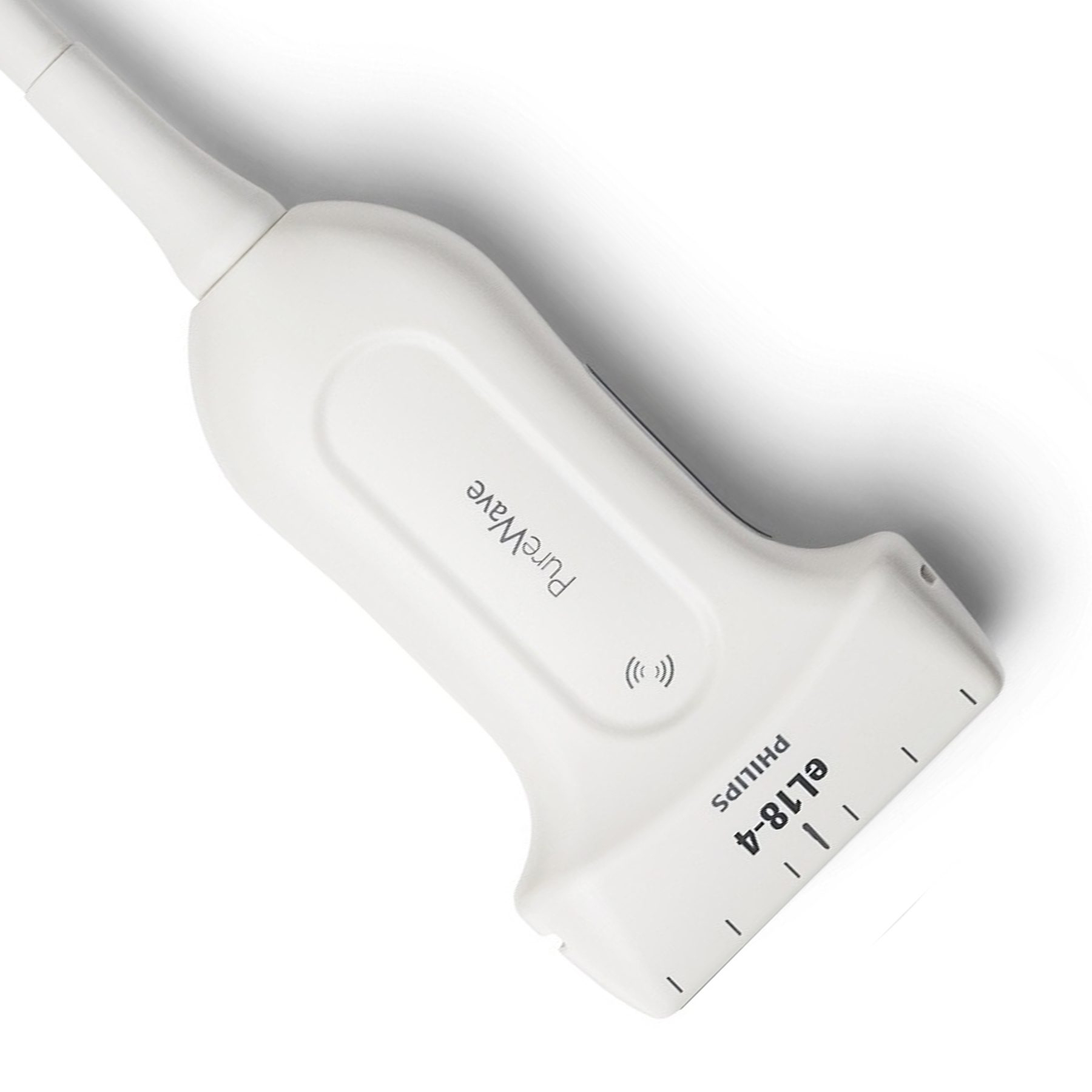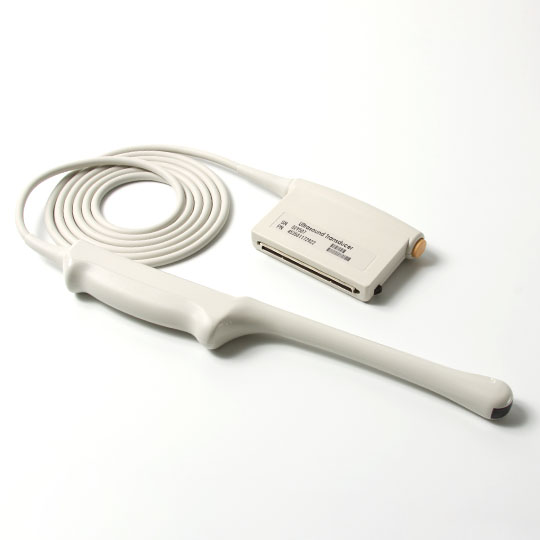Ultrasound technology has significantly advanced medical diagnostics by enabling healthcare professionals to visualize the internal structures of the human body without the need for invasive procedures. Utilizing high-frequency sound waves, ultrasound machines generate detailed images of organs, tissues, and blood flow, offering a non-invasive, radiation-free diagnostic tool. Widely used across various medical specialties, including obstetrics and cardiology, ultrasound imaging is crucial for accurate diagnoses. This article explores the core working principles of ultrasound machines, focusing on how they function and assist clinicians in gathering essential diagnostic data.
Principle Of Sound Waves
The working principle of ultrasound machines is based on the properties of sound waves. Sound waves are mechanical waves that propagate through mediums like air or water as compressions and rarefactions. Ultrasound devices specifically use frequencies that are beyond human hearing, generally from 1 MHz to 20 MHz, to create images. The principle here is straightforward: higher frequencies yield better image resolution, enhancing the clarity and detail of the diagnostic images.

ShenYang XiTy Medical Equipment
Generation Of Ultrasound Waves
In ultrasound machines, the transducer plays a pivotal role as it generates and receives ultrasound waves. This component typically incorporates piezoelectric crystals that convert electrical energy into mechanical vibrations, and vice versa. Applying an electrical voltage causes these crystals to oscillate at specific frequencies, thereby producing ultrasound waves that penetrate the body. Choosing the right frequency is essential, as higher frequencies provide clearer images but with limited penetration depth, affecting how deeply the waves can travel into tissue.
Propagation And Reflection Of Ultrasound Waves
After their generation, ultrasound waves traverse through the body and meet various tissue and organ boundaries. At these boundaries, some waves are reflected back towards the transducer. The extent of this reflection depends on the acoustic impedance of the tissues, determined by their density and the speed of sound through them. Differences in acoustic impedance result in stronger reflections, which contribute to creating detailed and informative images. A thorough understanding of these wave propagation principles is crucial for clinicians to accurately interpret ultrasound images.

Echo Formation And Image Reconstruction
Reflected ultrasound waves, known as echoes, return to the transducer where they are transformed into electrical signals. The machine processes these signals to produce a real-time image. Advanced algorithms analyze the timing and intensity of these echoes to generate detailed visualizations of internal structures. Images are displayed in grayscale or color-coded formats, aiding healthcare professionals in distinguishing between tissues based on density and composition. The capability for real-time imaging enables dynamic evaluations, enhancing ultrasound's utility across multiple medical disciplines.
Doppler Effect On Blood Flow
Beyond anatomical imaging, ultrasound scanners use the Doppler effect to determine blood flow. This idea is based on the frequency change in ultrasonic waves that occurs when they meet moving blood cells. Clinicians can use these frequency changes to estimate the pace and direction of blood flow inside arteries. Doppler ultrasound is particularly valuable in evaluating cardiovascular conditions, detecting abnormalities in blood flow patterns, and assessing the severity of stenosis or blockages in arteries. This functional feature improves the diagnostic capabilities of ultrasound technology by offering a full picture of both structure and function.

Conclusion
The operation of ultrasound machines is grounded in the principles of sound wave creation, propagation, reflection, and echo formation. As a premier ultrasound equipment supplier, Xity provides a diverse range of ultrasound machines and ultrasound probes designed to meet various diagnostic needs. Explore our offerings on our website to find the right ultrasound solutions for your medical practice.
 English
English
 Русский
Русский






